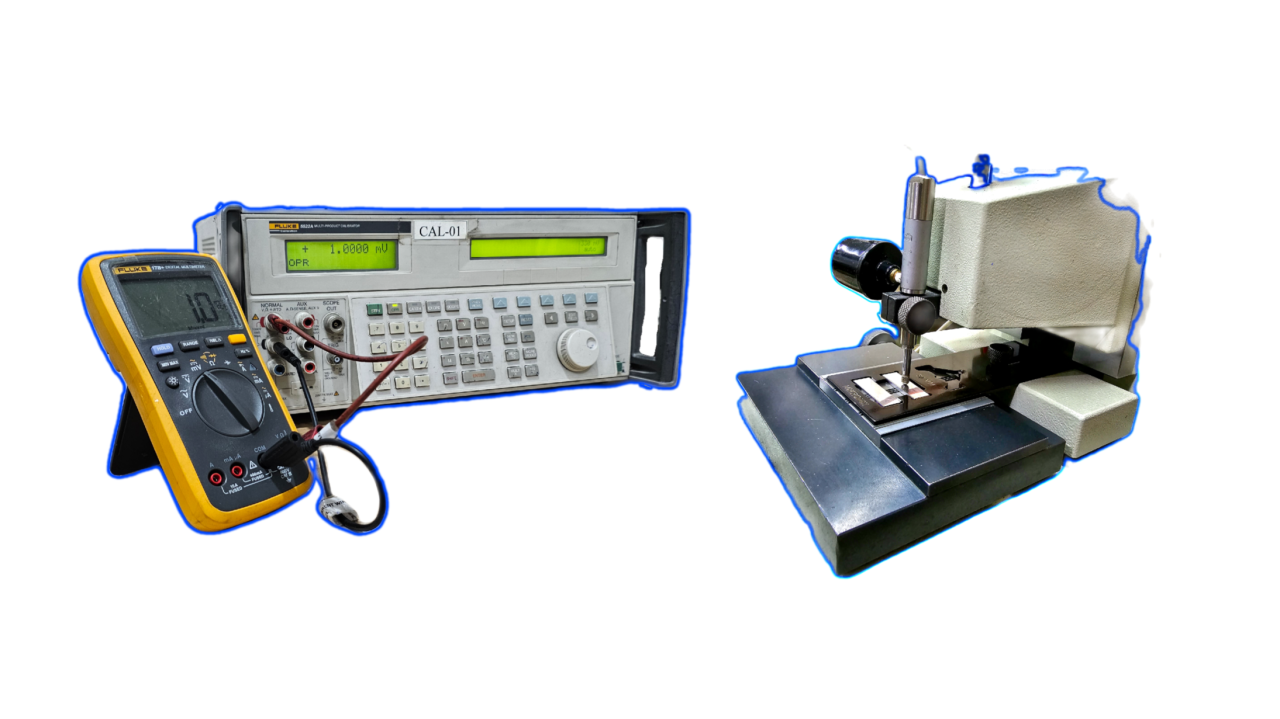
Instrument calibration, and why is it important?
Instrument calibration is a critical process for ensuring the accuracy and reliability of measuring instruments used in various industries such as manufacturing, pharmaceuticals, and food processing. Calibration involves comparing the measurements of an instrument to a known standard, making any necessary adjustments to correct any deviations, and verifying that the instrument is performing accurately within its specified range.
Why is instrument calibration important?
Inaccurate measurements can lead to serious consequences in various industries, such as faulty manufacturing processes, incorrect dosage of pharmaceuticals, and contaminated food products. Calibration ensures that measuring instruments are performing within their specified range, allowing for accurate and reliable measurements.
Steps in instrument calibration:
- Preparation: Before calibration, the instrument should be inspected for any signs of damage or wear that may affect its accuracy. The calibration procedure should also be carefully reviewed to ensure that all steps are understood.
- Comparison: The instrument is compared to a known standard, such as a calibration standard, which has been calibrated to a higher level of accuracy. The comparison can be made using a variety of methods such as electrical, pressure, temperature or dimensional calibration.
- Adjustment: If the instrument is found to be inaccurate, adjustments can be made to correct any deviations. These adjustments may include adjustments to calibration settings, or physical adjustments to the instrument itself.
- Verification: After calibration and adjustment, the instrument is verified again to ensure that it is performing accurately within its specified range. This can be done by comparing it to a known standard again or by conducting performance tests.
- Documentation: Documentation is an important part of instrument calibration, as it provides a record of the calibration process and the instrument's performance. Documentation should include the date of calibration, the standard used, the results of the comparison, any adjustments made, and the verification results.
Types of instruments that require calibration:
There are various types of instruments that require calibration, such as temperature controllers, pressure gauges, weighing scales, flow meters, and pH meters. The frequency of calibration depends on the instrument and the industry in which it is used. Instruments that are critical to safety or regulatory compliance may require more frequent calibration.
Conclusion:
Instrument calibration is an important process that ensures the accuracy and reliability of measuring instruments used in various industries. It involves comparing the instrument to a known standard, making any necessary adjustments to correct any deviations, and verifying that the instrument is performing accurately within its specified range. Calibration should be performed at regular intervals and should be properly documented to maintain accurate records.
#calibration #bagson #instruments #quality #maintenance